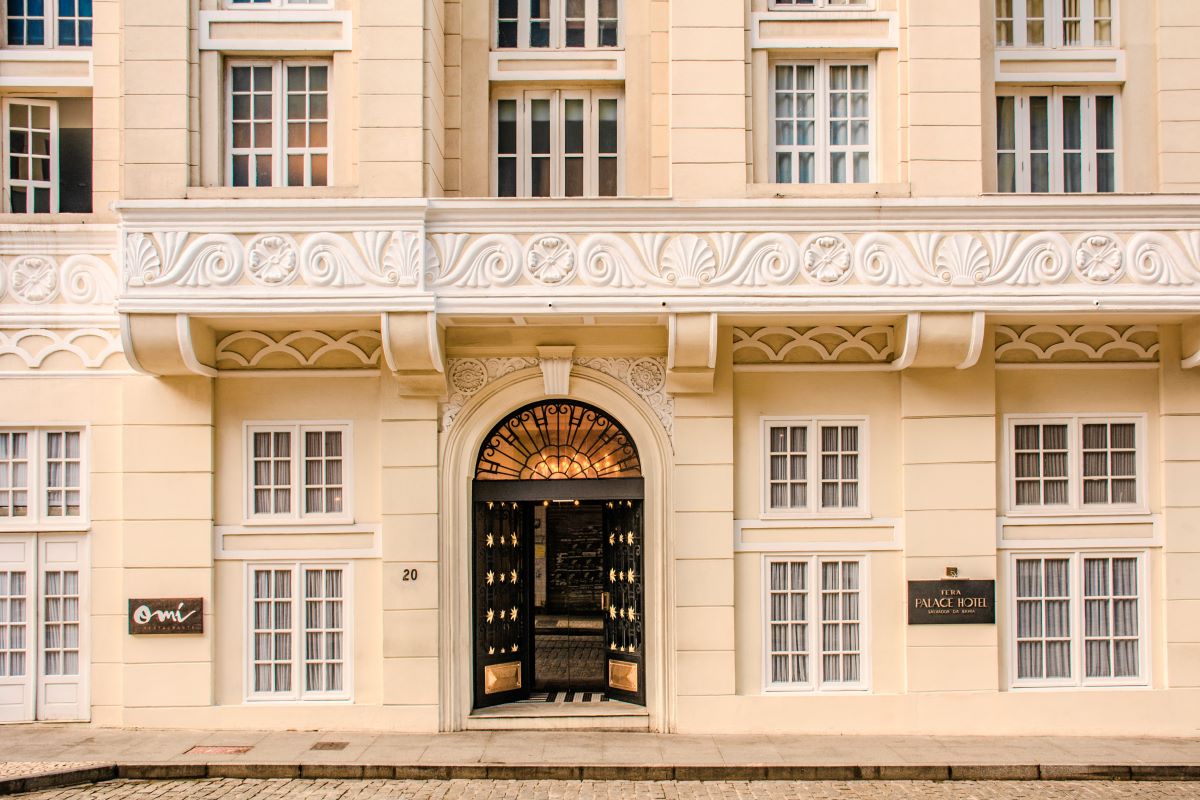Receive for Free - Discover & Explore eNewsletter monthly with advance notice of special offers, packages, and insider savings from 10% - 30% off Best Available Rates at selected hotels.
explore
- Journey through a kaleidoscopic sea of candy-colored buildings and into Brazil’s complicated colonial past in Pelourinho, meaning “pillory” in Portuguese. Also referred to as Pelô by the locals, this vibrant patchwork of confection-like colonial buildings and grand churches was once the first slave market in the New World, following its settlement by the Portuguese in the mid-1500s. Today, it is a UNESCO World Heritage Site with a rich Afro-Brazilian heritage that continues to this day, where quaint cobblestone streets are lined with art shops, schools of music and dance, and other cultural centers.
- Witness a slice of Bahian life and possibly pick up a souvenir or two at one of the city’s markets. For a truly local experience, set a course for Feira São Joaquim. A maze of narrow alleyways bursting with everything from exotic Brazilian fruits and herbs to live animals and handicrafts, this bustling marketplace is one of the largest of its kind in the country. For a shopping excursion of a different kind, make way for Mercado Modelo, a labyrinth of shops and stalls peddling handmade wares like jewelry, religious artifacts, musical instruments, and more.
- Make a pilgrimage to one of Salvador’s many places of worship. Whether Catholicism or Afro-Brazilian Candomblé, a religion with roots in West Africa that venerates deities known as orixás, faith is a large part of Bahian culture. Some, like the Igreja e Convento de São Francisco (the Church and Convent of Saint Francis), are impressive monuments to Christianity, dazzling with grand baroque architecture studded with gilded wood carvings and glittering chandeliers. Others, such as the Igreja de Nossa Senhora do Rosário dos Pretos (Church of the Third Order of Our Lady of the Rosary of the Black People) seek to reconcile the two disparate religions. Established and constructed by the Brotherhood of Black Men in 1704 since they were not welcome to worship in other churches, on land given to them by the then-king of Portugal, the church took nearly 100 years to create. Now, in addition to a small graveyard and resting place for former slaves, the church also offers services honoring both Catholicism and Candomblé in one unmissable union, which visitors are typically welcome to observe. Those in search of a spiritual experience also will not want to miss the Basílica do Senhor do Bonfim (Church of Our Lord of Bonfim). Not only is the church itself a thing of beauty, but it is also where travelers can catch a glimpse of one of one of Bahia’s most colorful traditions, the Fita de Bonfim. Often worn on someone’s wrist, these vibrant ribbons are said to symbolize the wearer’s wishes. However, they are also tied on the fence around Basilica do Senhor do Bonfim, surrounding it in a rainbow-like wall of hopes and dreams.



























